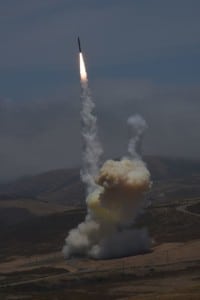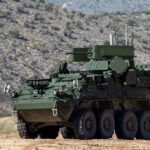
The head of the Missile Defense Agency (MDA) argued service life extension program (SLEP) work on current Ground Based Interceptors (GBIs) in the Ground-based Midcourse Defense (GMD) system will help bridge the gap until the newer Next Generation Interceptors (NGIs) are ready to be fielded later this decade. Speaking during the McAleese FY 20222 Defense Programs Conference on May 12, MDA Director Vice Adm. Jon Hill said he sees NGIs as the next block upgrade for the GMD system to…

 By
By 











